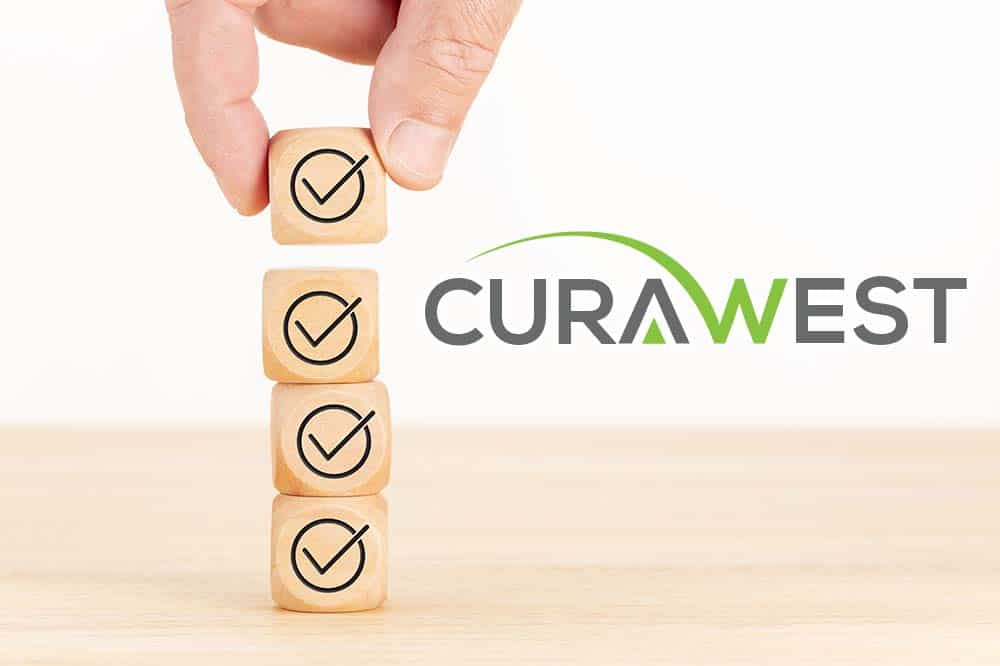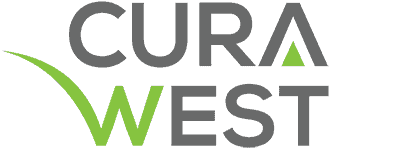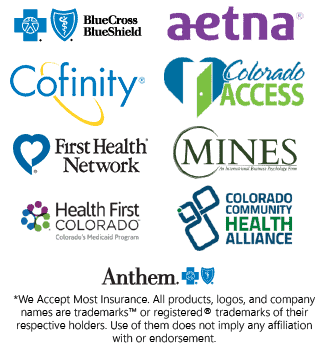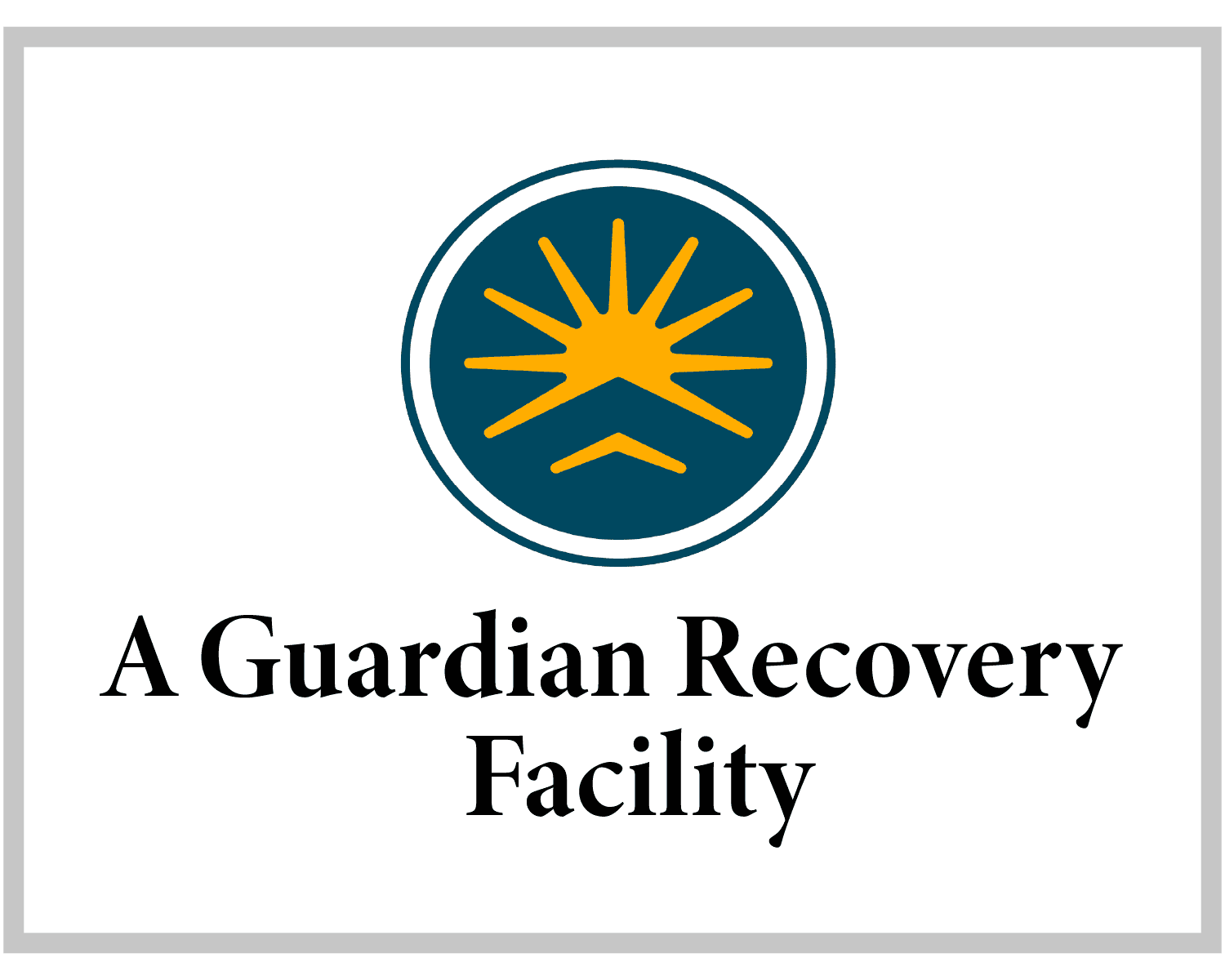How Much Does Substance Abuse & Addiction Cost Colorado Annually?
Substance abuse and addiction have significant economic costs in Colorado, including healthcare expenses, lost productivity, and criminal justice costs. The ongoing opioid epidemic has only exacerbated these costs, with high rates of overdose deaths and increased demand for treatment and recovery support services. Understanding the economic costs of substance abuse and addiction in Colorado is essential to developing effective prevention, treatment, and recovery support initiatives that address the complex issues surrounding these problems. By gaining insight into the economic impact of substance abuse and addiction, we can work towards reducing costs and improving the health and well-being of individuals, families, and communities throughout the state.
If you or a loved one is struggling with addiction in Colorado, Guardian Recovery Network is here to help. Our team of experienced professionals offers a range of services, including detoxification, residential treatment, outpatient programs, and aftercare support, designed to meet your unique needs. We are committed to providing personalized care and evidence-based practices to help you achieve lasting recovery. Our goal is to support you on your journey towards a healthier, happier, and drug-free life. Contact us today to learn more about how we can help you take the first step towards a brighter future.
Substance Abuse Rates in Colorado
Substance abuse rates in Colorado have been on the rise in recent years, with opioids being the most commonly abused drug in the state. According to the Colorado Department of Public Health and Environment, in 2019, there were over 1,062 opioid overdose deaths in the state, a 3% increase from the previous year. Additionally, Colorado has seen an increase in the abuse of prescription medications such as benzodiazepines and stimulants. The state has also experienced a rise in methamphetamine use and overdose deaths. While substance abuse rates have increased, Colorado has implemented a range of initiatives to address the issue, including expanding access to treatment and recovery support services and increasing public awareness about the risks and consequences of substance abuse and addiction. These efforts demonstrate Colorado’s commitment to addressing the complex issues surrounding substance abuse and addiction and improving the health and well-being of its residents.
Colorado Yearly Overdose Death Rates & Statistics
Overdose death rates in Colorado have continued to increase in recent years, with opioids being the primary driver of these deaths. According to the the National Survey on Drug
Use and Health (NSDUH), there were 416,000 people aged 12 or older who used any illicit drug in the past year. Synthetic opioids, such as fentanyl, were involved in over half of all opioid overdose deaths in the state. Additionally, overdose deaths involving methamphetamine have been on the rise in recent years, with a 27% increase from 2018 to 2019. While these statistics are concerning, Colorado has implemented a range of strategies to address the issue of substance abuse and addiction, including expanding access to naloxone, a medication used to reverse opioid overdoses, and increasing funding for prevention and treatment initiatives.
We Are Here For You
Let Us Help You Heal
Our Drug & Alcohol detoxification experience is second to none.
Learn how we can help by speaking with one of our Treatment Advisors today.
What Counties in Colorado Have the Highest Substance Abuse Rates?
Rates vary across counties in Colorado, with some areas experiencing higher rates of drug use and addiction than others. According to the Colorado Department of Public Health and Environment, the counties with the highest drug overdose death rates per 100,000 population from 2015-2019 were Pueblo County, Las Animas County, and Conejos County. These areas have been particularly affected by the opioid epidemic, with high rates of opioid-related deaths and hospitalizations. However, substance abuse and addiction affect communities of all sizes and demographics throughout Colorado, and addressing these issues requires a comprehensive approach that includes prevention, treatment, and recovery support initiatives.
How Much Does Drug Abuse Cost Employers in the U.S. & the Workplace Annually?
Drug abuse has a significant impact on the workplace and the economy as a whole, resulting in lost productivity, increased healthcare costs, and higher rates of workplace accidents and injuries. According to the National Safety Council, the estimated cost of drug use to employers in the United States is over $81 billion annually. This includes costs related to healthcare expenses, lost productivity, absenteeism, and turnover. Additionally, drug abuse is associated with higher rates of workplace accidents and injuries, which can result in increased workers’ compensation costs and legal liabilities for employers.
Our Drug & Alcohol Detox Services Include
The Economic Annual Costs of Addiction & Co-Occurring Disorders to Colorado
Addiction and co-occurring disorders have a significant economic impact on Colorado, including healthcare expenses, lost productivity, and criminal justice costs. According to a report from the Colorado Health Institute, the economic cost of substance abuse and addiction in Colorado was estimated to be over $4.5 billion in 2017. This includes costs related to healthcare expenses, lost productivity, criminal justice costs, and other indirect costs. Additionally, individuals with co-occurring disorders, such as substance abuse and mental health issues, are more likely to experience higher healthcare costs and decreased work productivity. However, investing in prevention, treatment, and recovery support initiatives has the potential to generate significant cost savings by reducing healthcare expenses, increasing productivity, and decreasing criminal justice costs.
Factors That Contribute to Drug Use Rates in Colorado
There are a variety of factors that contribute to drug use rates in Colorado, including availability, affordability, and social influences. The state’s legalization of marijuana for recreational use has also had an impact on drug use rates, with some studies showing an increase in marijuana use among youth since legalization. Additionally, access to prescription medications, such as opioids, has contributed to the opioid epidemic in the state. Socioeconomic factors, such as poverty, unemployment, and lack of access to healthcare, can also contribute to higher rates of drug use and addiction.
Begin Healing Now!
Have A Call With One Of Our Treatment Advisors
Don’t Suffer Any Longer
Contact Us Today for Help With Substance Use in Colorado
At Guardian Recovery Network, we understand the challenges of addiction and are dedicated to helping you or your loved one achieve lasting recovery. Our comprehensive services and individualized approach are designed to meet your unique needs and provide the support and guidance you need to overcome addiction. Don’t let addiction control your life any longer. Take the first step towards recovery today by contacting us to learn more about our services and how we can help you achieve a healthier, happier, and drug-free life.

Reviewed for accuracy by:
Jasmine Billups
LPC-S
Jasmine has worked in the mental health field for over 18 years. She earned her B.A. in Psychology with a Minor in Child and Family Relations from North Carolina Central University, and her M.A. in Mental Health Counseling from Argosy University. Jasmine is a Licensed Professional Counselor Supervisor and has specialized in addiction for over 10 years.





















